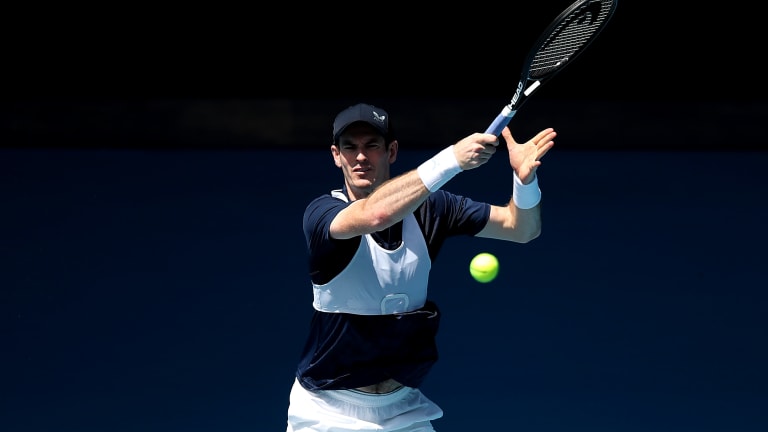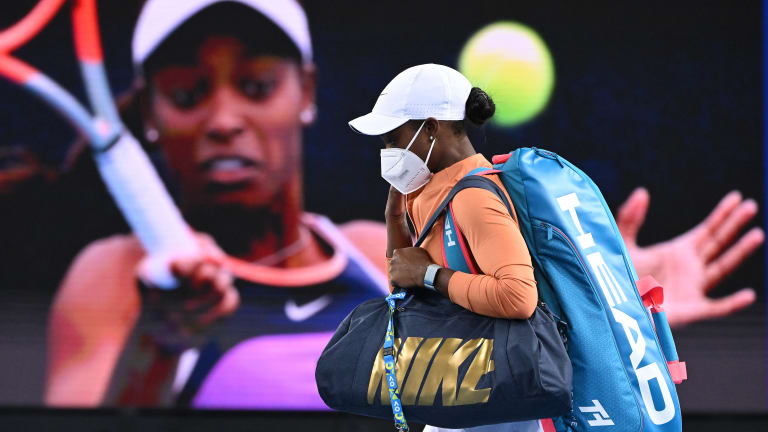Style Points
Style Points: Wearable technology finally takes center stage in tennis
By Feb 03, 2022Style Points
Spotted: Carlos Alcaraz checks out Roger Federer’s ultra-rare Rolex at Laver Cup
By Sep 24, 2025Style Points
From ‘Andre Swagassi’ to ‘Billie Jean Bling’, meet Naomi Osaka’s Labubu crew
By Sep 04, 2025Style Points
"Superstition" keeps Naomi Osaka in purple over rosier US Open ensemble
By Sep 04, 2025Style Points
PHOTOS: Every outfit Venus Williams wore at the 2025 US Open
By Aug 30, 2025Style Points
A Jessica Pegula superfan gets a unique item signed at the US Open—one year later
By Aug 29, 2025Style Points
US Open Fashion Watch: Venus, Djokovic and Osaka lead the style charge in New York
By Aug 28, 2025Style Points
"It must have fire": Aryna Sabalenka helps create limited-edition Wilson Blade racquet
By Aug 27, 2025Style Points
Paint the town red: Coco Gauff, Naomi Osaka—and her custom Labubu—ace US Open trend
By Aug 27, 2025Style Points
“An opportunity I couldn't turn down”: Jack Draper reveals how Vuori deal happened
By Aug 25, 2025Style Points: Wearable technology finally takes center stage in tennis
Already an indispensable part of most athletes’ pre- and post-match routines, wearable technologies are increasingly making their way onto the courts—even in competition.
Published Feb 03, 2022
Advertising

Andy Murray wears a smart vest with fitness tracking sensors during a practice session at the Australian Open.
© Getty Images
Advertising

Sloane Stephens wears a WHOOP Strap on her left wrist during her match against Emma Raducanu at the Australian Open.
© Getty Images